Deep within the African savannas and forests resides one of nature’s most specialized predators – the African Egg-eating Snake (genus *Dasypeltis*). Unlike most snakes that hunt live prey, these remarkable reptiles have evolved to feed solely on birds’ eggs, developing fascinating anatomical adaptations and behaviors to support this highly specialized diet. This extraordinary dietary restriction makes them unique in the snake world, as no other snake species subsists exclusively on eggs. Through remarkable evolutionary adaptations, these slender serpents have transformed the challenge of consuming eggs – objects larger than their own heads with no limbs to manipulate them – into their sole ecological niche. Join us as we explore the fascinating world of these specialized serpents, uncovering how they locate, consume, and digest their unique food source.
The Remarkable Dasypeltis Genus

The African egg-eating snakes belong to the genus Dasypeltis, which includes approximately 16 recognized species distributed throughout sub-Saharan Africa. These non-venomous colubrids are the only snakes in the world that feed exclusively on birds’ eggs, making them true dietary specialists. The most well-known species include Dasypeltis scabra (common egg-eater), Dasypeltis gansi (East African egg-eater), and Dasypeltis inornata (southern brown egg-eater). Their evolutionary path has led to extreme specialization, with their entire anatomy, from jaw structure to digestive system, optimized for egg consumption. Despite their widespread distribution across Africa, these snakes remain somewhat mysterious due to their secretive habits and nocturnal lifestyle.
Physical Characteristics Designed for Egg Consumption

African egg-eating snakes possess a slender body typically measuring between 30 and 75 centimeters in length, though some species can reach up to a meter. Their coloration varies widely across species, featuring patterns of browns, grays, and blacks that provide excellent camouflage in their natural habitats. The most striking physical adaptation is their extremely elastic jaw structure, which lacks the teeth common to most snakes—a feature unnecessary for their egg-only diet. Instead, they have specialized vertebral processes that project into the esophagus, forming what are effectively “egg teeth” that can crack eggs after swallowing. Their head is small and barely wider than their neck, yet they can consume eggs several times the diameter of their head thanks to their extraordinarily flexible jaws and skin that can stretch to accommodate their unusual meals.
The Extraordinary Jaw Mechanism

The jaw structure of egg-eating snakes represents one of the most specialized feeding adaptations in the reptile world. Unlike most snakes that have multiple rows of teeth, Dasypeltis species have virtually no teeth, which allows their mouth to form a smooth channel for swallowing eggs whole. Their lower jaw lacks a solid connection at the chin, allowing the two halves to separate widely. Furthermore, highly elastic ligaments connect their jaw to the skull, permitting an astounding degree of stretch. This remarkable flexibility allows them to engulf eggs that can be up to three times wider than their head. The process of swallowing is accomplished through a series of muscular contractions that work the egg gradually into their throat, a slow but effective method that has been perfected over millions of years of evolution.
Specialized Internal Anatomy

The internal anatomy of egg-eating snakes features several adaptations specifically evolved for processing eggs. The most remarkable is a series of downward-pointing, knife-like projections from their vertebrae that extend into the esophagus. Called hypapophyses, these bony protrusions function as egg-slicers. As the snake passes an egg down its throat, it uses muscular contractions to press the egg against these sharp projections, effectively sawing the shell open. Their digestive system is also highly specialized, capable of efficiently extracting nutrients from egg contents while dealing with the calcium-rich shells. After digestion, the snake regurgitates the collapsed eggshell, compressed into a compact pellet—a behavior that conserves energy by not passing the indigestible material through the entire digestive tract. This unique adaptation means they can process eggs with remarkable efficiency, extracting maximum nutritional value from their specialized food source.
Hunting and Foraging Behaviors

Egg-eating snakes are primarily nocturnal hunters, using the cover of darkness to raid birds’ nests while the parent birds are less active. They possess an excellent sense of smell that helps them locate nests containing fresh eggs, and their keen eyesight allows them to navigate through branches and foliage with precision. These snakes are excellent climbers, using their slender bodies and rough scales to grip branches and ascend to nests that may be several meters above ground. Their foraging pattern typically intensifies during bird breeding seasons when eggs are abundant, and they may travel considerable distances in search of suitable nests. Interestingly, these specialized predators can distinguish between fertilized and unfertilized eggs, and between fresh and developed eggs, preferring fresh ones that don’t contain partially formed embryos.
The Egg Consumption Process

The process of consuming an egg is a fascinating spectacle of evolutionary adaptation in action. Upon locating a suitable egg, the snake positions itself to swallow the egg lengthwise, using rhythmic contractions of its jaw muscles to work the egg into its mouth despite the considerable size disparity. Once the egg reaches the throat, specialized muscles contract against the vertebral “teeth,” slicing open the shell and allowing the liquid contents to flow into the stomach. The snake will remain motionless during this process, which can take anywhere from 15 minutes to several hours depending on the size of the egg relative to the snake. After extracting all nutritional content, the snake raises its head and uses muscular contractions to regurgitate the flattened, empty shell. This entire process represents one of nature’s most specialized feeding methods, refined through eons of evolutionary pressure.
Dietary Limitations and Seasonal Challenges

The extreme dietary specialization of egg-eating snakes presents unique challenges, particularly regarding food availability. These snakes must synchronize their most active feeding periods with bird breeding seasons when eggs are plentiful. During times when birds aren’t nesting, egg-eating snakes may go weeks or even months without feeding, relying on stored fat reserves to sustain them. Their metabolism slows considerably during these fasting periods, conserving energy until food becomes available again. This feast-or-famine lifestyle has led to remarkable physiological adaptations, including the ability to expand their stomach capacity during abundance and survive prolonged fasting during scarcity. Some species may travel significant distances following the breeding seasons of different bird species, effectively tracking egg availability across their range.
Reproductive Biology
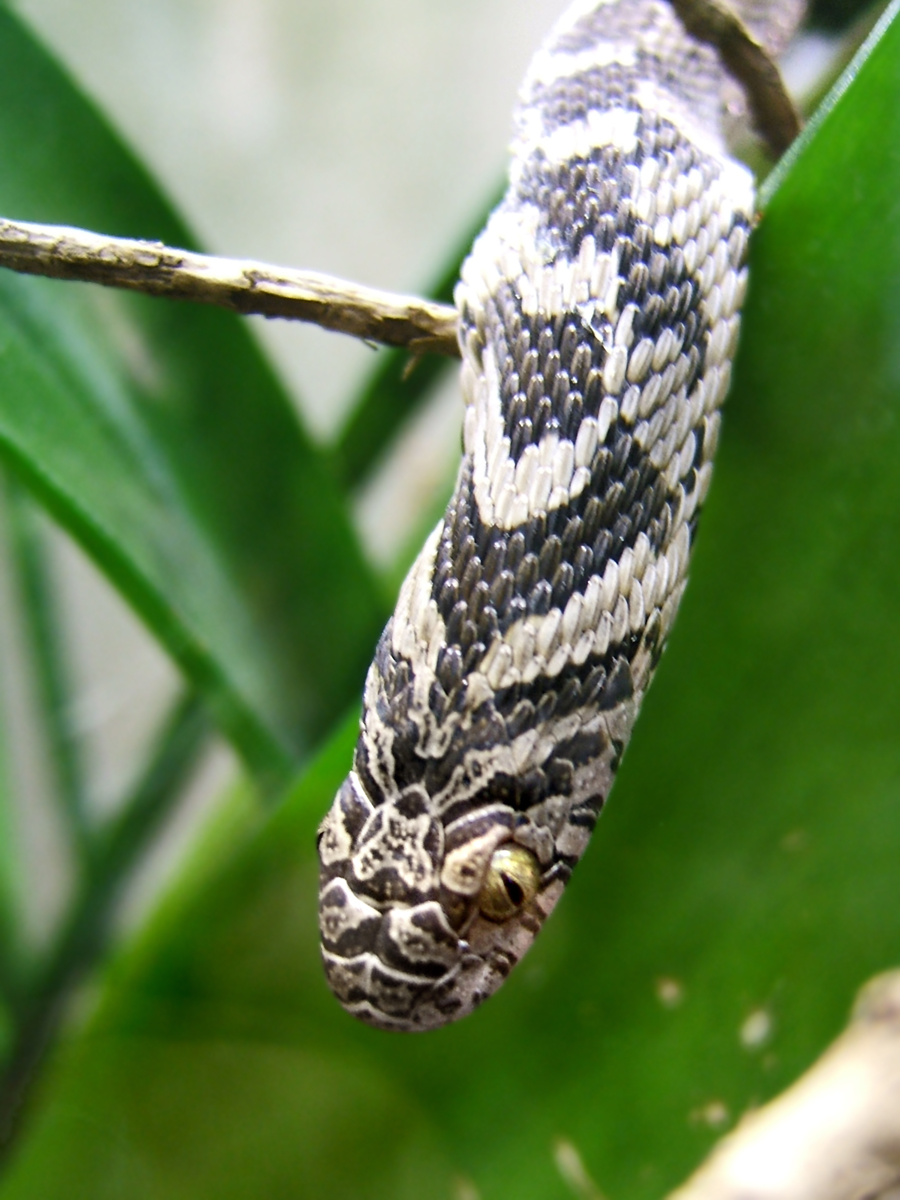
The reproductive strategies of egg-eating snakes vary across species within the Dasypeltis genus, with both oviparous (egg-laying) and viviparous (live-bearing) species represented. Most species mate during the warmer months, with females capable of storing sperm for extended periods to fertilize eggs when conditions are optimal. Oviparous species typically lay clutches of 6-25 elongated eggs in protected locations like rotting logs or underground burrows. Ironically, despite specializing in eating eggs, these snakes must protect their own eggs from predators, including other snake species. The young emerge fully independent, already possessing the specialized adaptations needed for their egg-only diet, though they initially target smaller eggs from species like finches and weavers. The timing of reproduction often coincides with peak bird nesting seasons, ensuring that hatchlings emerge when food sources are abundant.
Ecological Importance

Despite their specialized diet, egg-eating snakes play several important ecological roles within their native habitats. By selectively preying on bird eggs, they help regulate avian populations and potentially influence the evolution of nesting behaviors and egg characteristics in birds. Many bird species have developed protective strategies specifically to counter egg-eating snakes, including nest placement, parental vigilance, and communal defense behaviors. The snakes themselves serve as prey for larger predators such as monitor lizards, eagles, and other snakes, forming an important link in the food web. Additionally, their specialized diet means they don’t compete directly with other snake species for food resources, allowing for greater snake diversity within African ecosystems. Their presence in an ecosystem generally indicates a healthy and diverse bird population, making them potential indicator species for conservation assessments.
Defense Mechanisms and Predator Avoidance

Despite being harmless to humans and lacking venom, egg-eating snakes have evolved several effective defense mechanisms to deter potential predators. When threatened, many species inflate their necks and bodies, making themselves appear larger while simultaneously producing a loud hissing sound by forcefully expelling air. This hissing is amplified by the rubbing of keeled scales against each other, creating an intimidating warning. Some species display striking mimicry of venomous vipers, adopting similar color patterns and even flattening their heads to resemble the triangular shape characteristic of many dangerous snakes. When handled, they rarely attempt to bite, instead relying on vigorous thrashing or playing dead by going completely limp with mouth agape and tongue hanging out. Their cryptic coloration provides excellent camouflage among branches and foliage, often making them nearly invisible to both predators and human observers.
Conservation Status and Threats
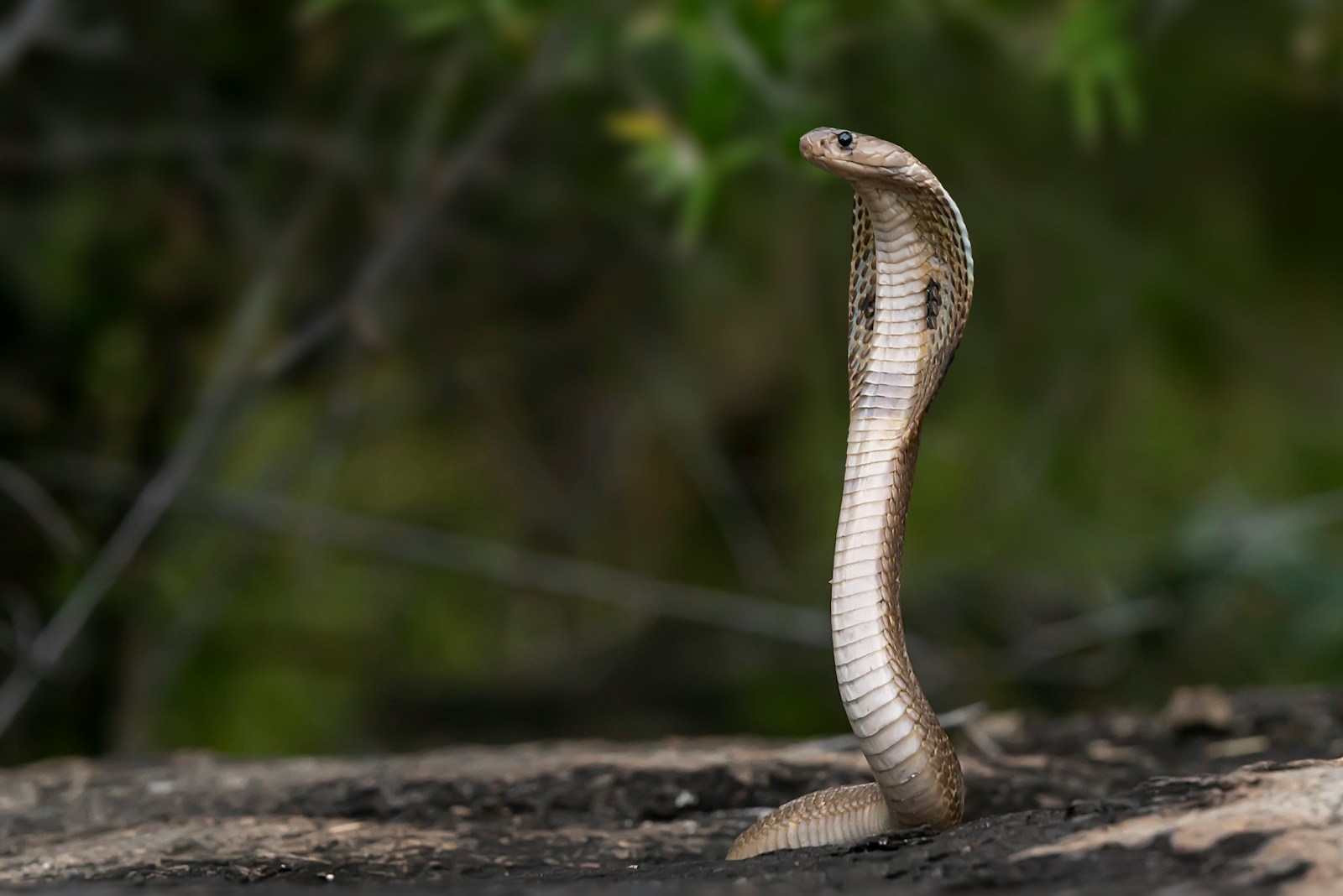
While most egg-eating snake species currently maintain stable populations across their range, they face increasing pressure from habitat destruction as forests and savannas are converted to agricultural land. Climate change poses another significant threat, as it may disrupt the synchronization between snake activity cycles and bird breeding seasons. The pet trade has also impacted some populations, as these unique snakes are sought after by exotic reptile enthusiasts despite the challenges of maintaining their specialized diet in captivity. Several species face localized threats from road mortality, particularly during breeding seasons when they travel more extensively in search of bird nests. Conservation efforts focus primarily on habitat preservation, as protecting diverse forest and savanna ecosystems ensures both the snakes and their avian prey can maintain healthy populations. In some regions, local superstitions and fear of snakes lead to indiscriminate killing, though education programs are working to highlight these harmless snakes’ ecological importance.
Challenges in Captivity
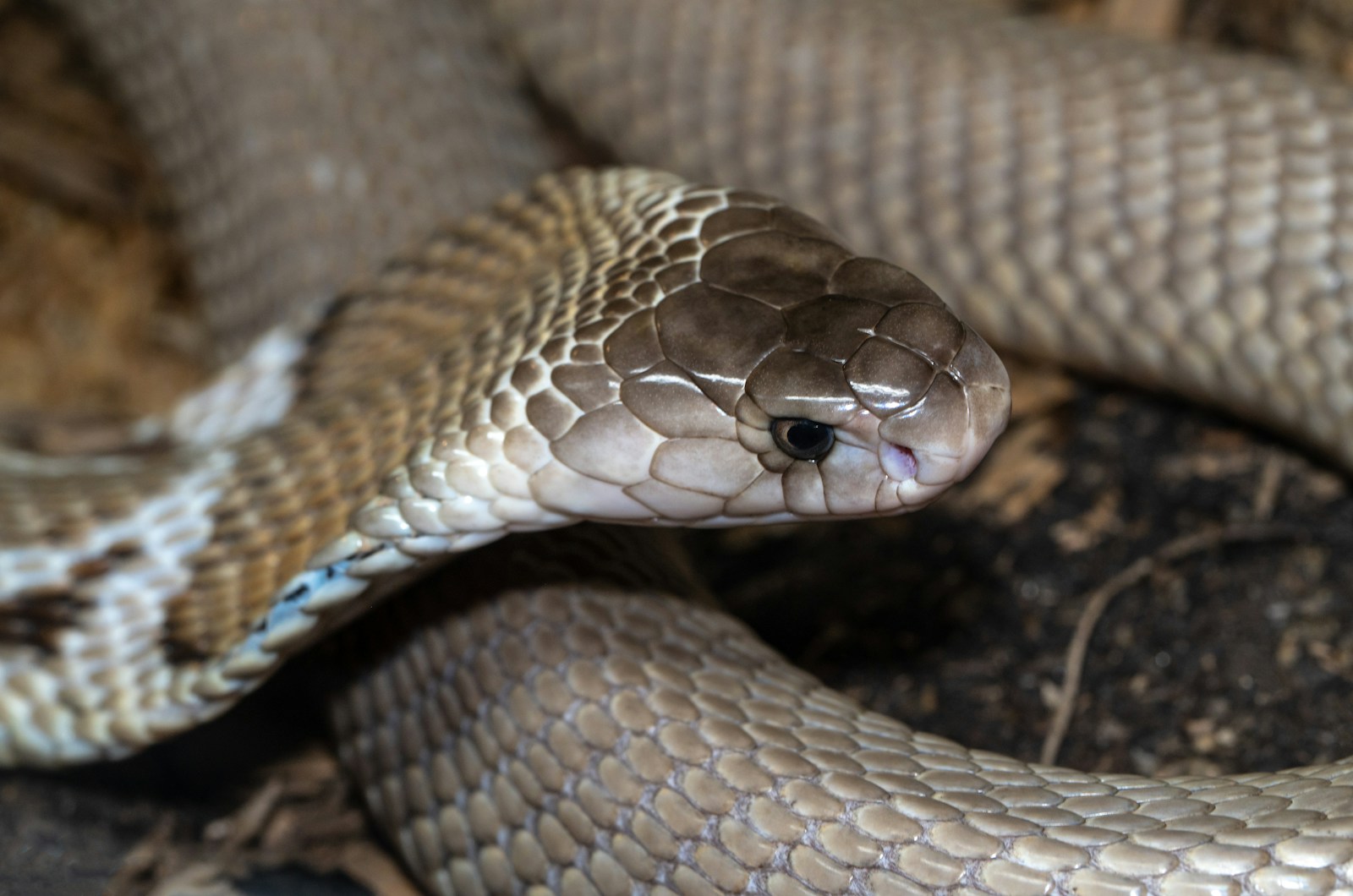
The extreme dietary specialization of egg-eating snakes makes them particularly challenging to maintain in captivity. Zoos and private keepers must provide a steady supply of appropriately sized bird eggs, which can be logistically difficult and expensive. Some keepers have successfully used quail eggs for larger specimens and finch or canary eggs for smaller individuals or juveniles. Captive egg-eating snakes often refuse artificial eggs or mammal eggs, highlighting their extreme specialization. Beyond dietary concerns, these snakes require specific environmental conditions, including appropriate humidity levels, temperature gradients, and climbing opportunities to mimic their natural arboreal tendencies. Breeding in captivity remains exceptionally rare, with few documented successes outside specialized research facilities. For these reasons, conservation experts generally discourage keeping egg-eating snakes as pets, instead advocating for observation and appreciation of these remarkable specialists in their natural habitats.
Scientific Importance and Research
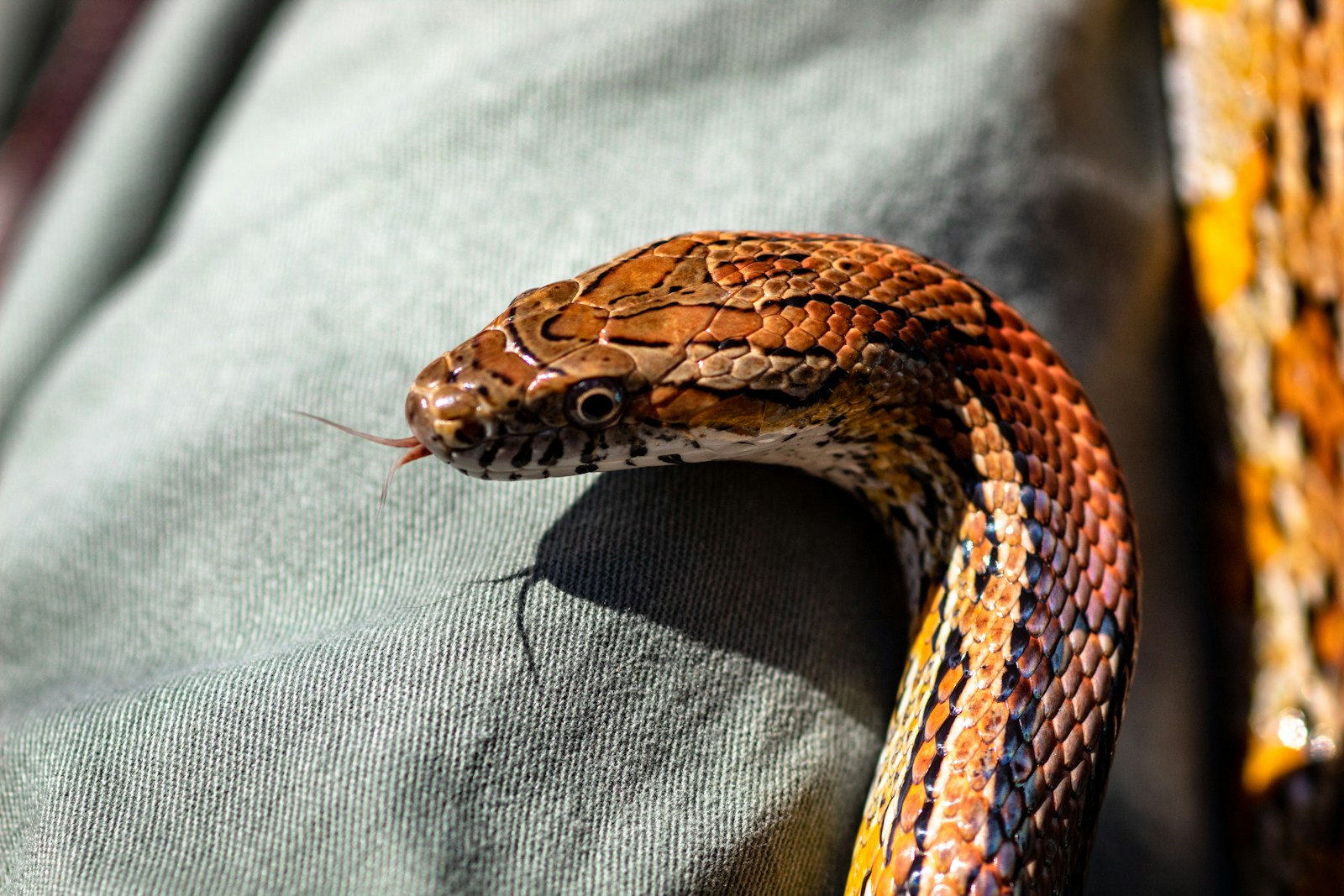
Egg-eating snakes continue to fascinate evolutionary biologists and herpetologists due to their extreme dietary specialization and the remarkable adaptations that enable it. Research on these snakes provides valuable insights into the processes of evolutionary specialization and niche adaptation. Their unique vertebral modifications are studied as examples of how existing structures can be repurposed through evolution to serve entirely new functions. Researchers also study the sensory capabilities that allow these snakes to locate and assess eggs, including potential chemosensory abilities that help them determine egg freshness and viability. The relationship between egg-eating snakes and their avian prey represents a classic example of predator-prey coevolution, with both groups developing adaptations and counter-adaptations over evolutionary time. Ongoing research aims to better understand their population dynamics, movement patterns, and responses to environmental changes, information critical for effective conservation planning in increasingly human-modified landscapes.
Conclusion
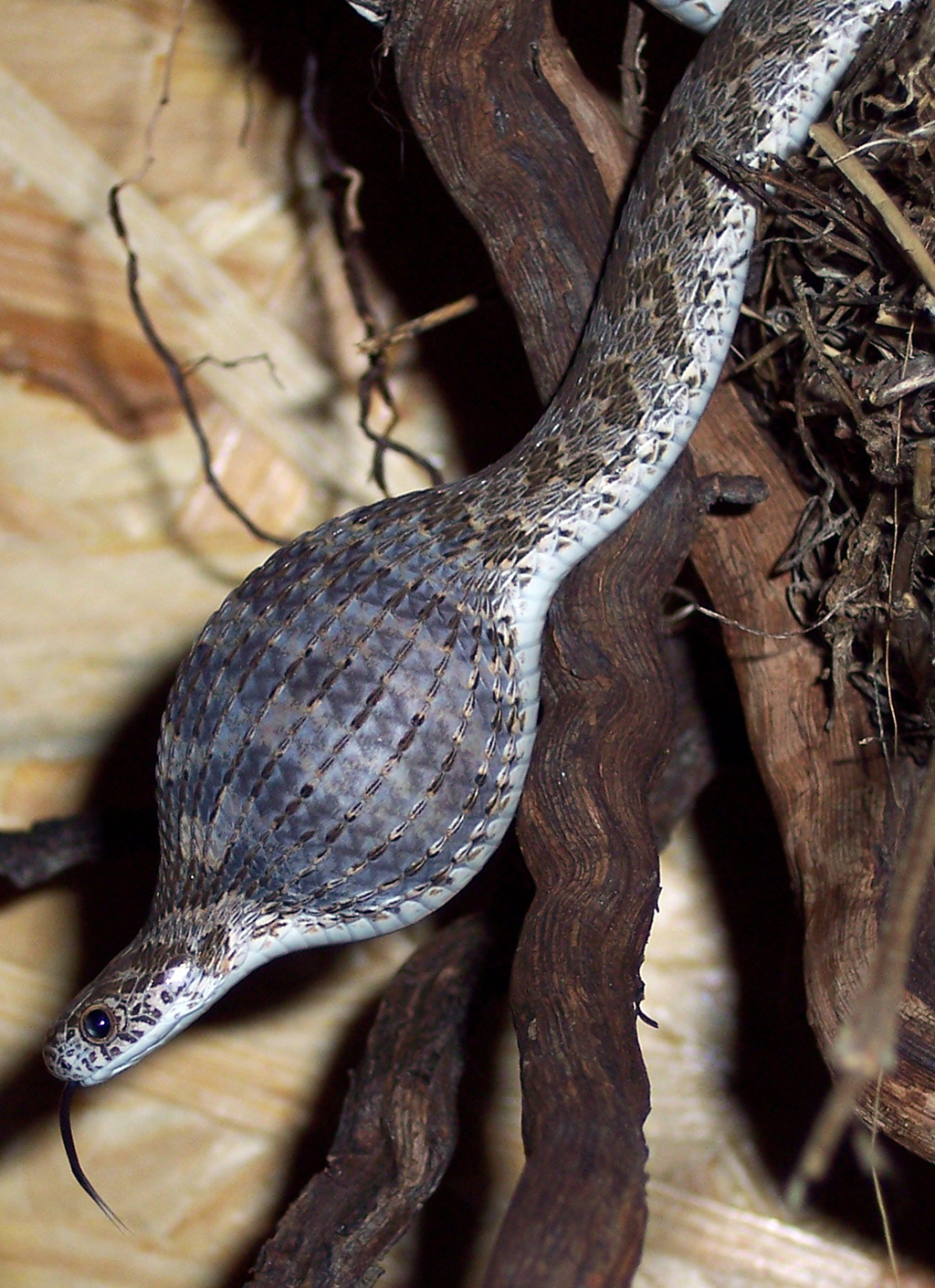
The African egg-eating snake stands as one of nature’s most remarkable examples of evolutionary specialization. From its nearly toothless mouth and extraordinary jaw flexibility to its specialized vertebral “teeth” and efficient digestive system, every aspect of this serpent’s biology is precisely calibrated for its egg-only diet. This extreme specialization allows these snakes to exploit a food resource largely unavailable to other predators, carving out a unique ecological niche in African ecosystems. However, this same specialization makes them vulnerable to environmental changes that affect bird populations or nesting patterns. As we continue to study these fascinating reptiles, they remind us of the incredible diversity of adaptations that can evolve when natural selection focuses intensely on a specific ecological opportunity. The egg-eating snake’s story demonstrates nature’s remarkable ability to craft specialized solutions to life’s challenges, producing organisms perfectly adapted to their unique way of life.





